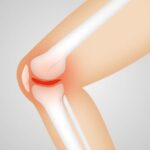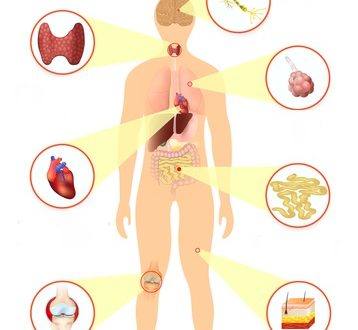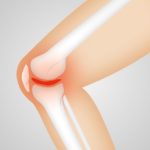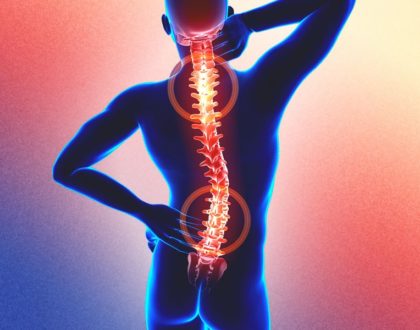Acupuncture for Chronic Pain: Unprecedented Advances

The last two decades have seen “unprecedented advances” in the use of acupuncture to treat pain conditions, with a “rapid rise” in the number and quality of related published studies, according to a physician who is an experienced acupuncture practitioner.
“Right now, we have a pretty solid foundation for the efficacy of acupuncture” for headache, osteoarthritis (OA), and musculoskeletal conditions, said Farshad M. Ahadian, MD, clinical professor of anesthesiology, University of California, San Diego.
“I think it’s fair to say that acupuncture is here to stay. It’s going to be a permanent addition to our tool box.”
Dr Ahadian presented the data here at the Academy of Integrative Pain Management (AIPM) 28th Annual Meeting.
To reach their “full potential,” clinicians need to “fully integrate” conventional medicine with alternative therapies, which includes acupuncture, Dr Ahadian told meeting delegates.
This may be increasingly important because of two “really important critical challenges”: the opioid epidemic and the aging population.
“The opioid epidemic has been raging for two decades, and there seems to be no end in sight. And I don’t think we have woken up to the implications that an aging population has for the prevalence of chronic pain.”
During his presentation, Dr Ahadian reviewed some of the extensive literature on acupuncture for chronic pain. Between 1997 and 2010, over 600 related clinical trials were published.
One recent review, which Dr Ahadian described as “one of the most academically rigorous” analyses, was independently funded by the National Institute for Health Research in the United Kingdom.
After screening almost 1000 publications, researchers selected 29 of the highest-quality randomized controlled trials. The studies compared true acupuncture with sham acupuncture (needling that did not penetrate the skin or needling at the wrong points) or no acupuncture (standard medical care) in almost 18,000 patients.
The authors carried out an individual patient data meta-analysis, which Dr Ahadian said was “unique” for this kind of research.
The effect size for sham acupuncture was “a little bit smaller” than for nonacupuncture, said Dr Ahadian.
“That underscores the powerful effect of placebo that is associated with any type of physical modality, including acupuncture,” he said. He added that this presents “challenges for acupuncture research.”
Other research has shown that acupuncture increases functional connectivity.
“Chronic pain can lead to abnormal patterns or disruption of functional connectivity in various brain centers,” explained Dr Ahadian. He added that acupuncture “can help modulate and help normalize” functional connectivity.
Each participant received six treatments over a 1-month period. They also underwent functional MRI.
At the same time, there was decreased connectivity in the sensory motor network, he said. “These are patterns that you would expect with improved pain control.”
“Could it be that when we talk about removing these obstructions, what we’re talking about is actually improving functional connectivity?”
Another factor that should stimulate the search for effective pain therapies is the growing elderly population. The percentage of those aged 65 years and older was 13% in 2012 but is expected to rise to 20% by 2050. The incidence of chronic pain increases with age.
Training
In addressing a query from an audience member about training, Dr Ahadian referred him to the American Academy of Medical Acupuncture (AAMA), the professional society of physicians who have incorporated acupuncture into their medical practice.
While some experts advise patients they need to try up to 20 treatments to know whether the treatment is working, “in my experience, if you don’t have some positive response within maybe 4 or 5 treatments, you may need to think twice,” said Dr Ahadian.
Once patients do respond, Dr Ahadian said he attempts to increase the interval between treatments while sustaining the results.
“If I can’t get persistent efficacy, or reasonable efficacy, lasting a month, then I may advise against it or I may need to figure out how to change my therapy.”
Recommended Posts

Unlocking Relief: How Acupuncture Can Be Your Ally in Managing Chronic Conditions such as Pain, Anxiety, Low Energy, Insomnia, and so much more
May 12, 2025

Acupuncture for Stress and Anxiety
March 8, 2025


